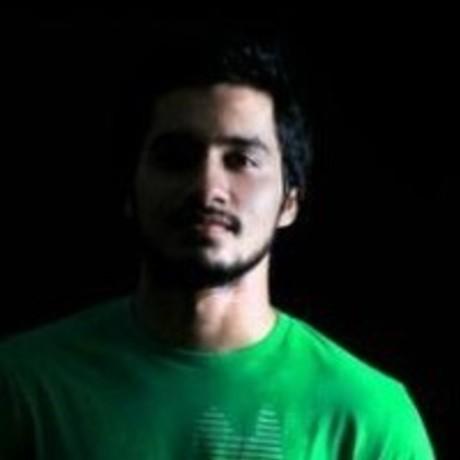Live Stock Detection using Aerial Robotics (UAVs)
- 0 Collaborators
The project is aimed at solving the issue of detecting and counting animals faced by people involved in the Livestock Industry. ...learn more
Project status: Under Development
Robotics, Artificial Intelligence
Intel Technologies
AI DevCloud / Xeon
Overview / Usage
Cattle, cows and other animals graze the green fields spanning over hundreds of hectares. The cost of livestock management using helicopters and planes is extremely high. Finding precise locations of herds in a vast green area is quite a challenge faced even by wildlife authorities. Thermal imaging is widely used in many countries such as New Zealand and the USA but the cost of thermal cameras is high.
Aerial images are not as easily accessible as eye-level images. Scraping the net for images for this praojects did not give us the required data as most were eye-level images. Custom video data had to be obtained from drones flown over fields. The video was then split into images and labeled.
Methodology / Approach
Training a custom model from scratch consumes a lot of time and requires high computational power and large amounts of datasets. A popular technique in the AI sphere is the use of Transfer learning which significantly reduces the need for the previously mentioned requirements. Using the weights of a model that is already trained on a huge data set, we retrain it using the custom images (small dataset) that fall under our requirements. The results are accurate detection of livestock from aerial imagery.
SSD can have either VGG16 or Mobilenet as a base-net and we have chosen Mobilenet for the project. Mobilenet V2 uses depth-wise separable convolutional networks.
V2 uses 3 convolutional layers in the block. A depth wise convolution to filter the inputs and a 1x1 pointwise layer. This layer makes the number of channels smaller and is also known as the projection later as it projects data with a high number of dimensions (channels) into a tensor with a much lower number of dimensions.
Technologies Used
We used a model trained on the COCO (common objects in context) dataset that can identify common objects in our daily lives. This model was retrained with aerial images of cows as a starting point in the Livestock detection project.
Configuration details used are as follows:
Training data : 20 images
Validation data : 7 images
Optimizer : RMS Prop
Learning Rate : 0.004
Loss . : Classification Loss
Framework
Live video footage streamed via drone will be analyzed for detection. OpenCV is used to capture the footage and pass into the detection model frame by frame at good speed.
Future Development
As the initial results look promising, the next phase of development would be to increase the size of the dataset and to include other animals that usually graze the fields. To increase efficiency, we would have to include data from different natural seasons.





